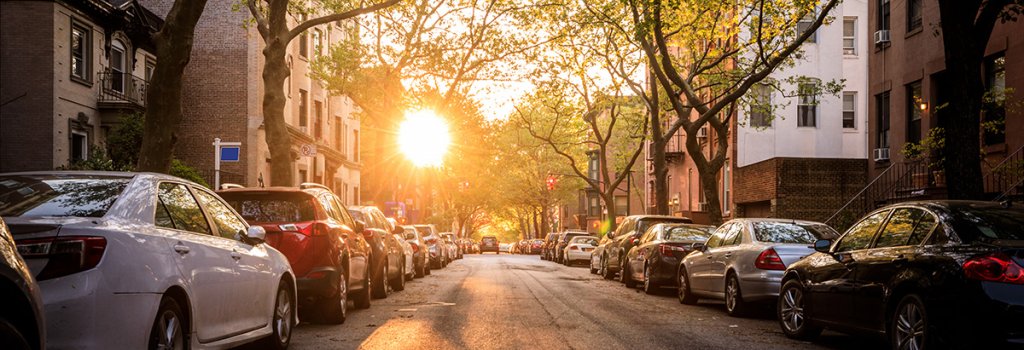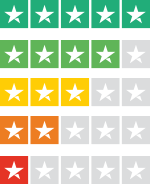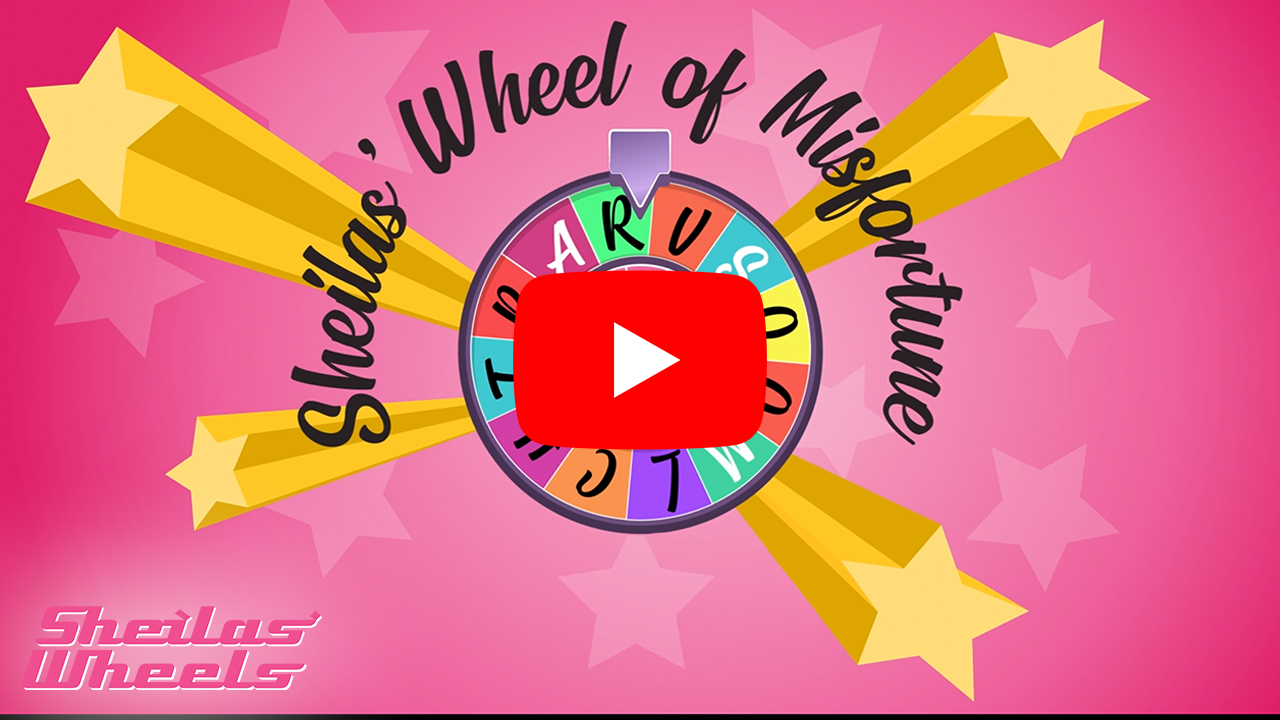How To Parallel Park Like An Expert

It’s the one manoeuvre that strikes terror into the hearts of every learner driver, and plenty of more seasoned drivers besides. But believe it or not, parallel parking - also known as reverse parking - is actually pretty straightforward when you know how. Whether you’re about to take your driving test for the first time, or you just want to get more confidence behind the wheel, learning the secrets of how to parallel park will open up more potential parking spaces to you and make life on the road a lot less stressful. Not only that, but it makes it less likely that you’ll have to claim on your car insurance because you’ve dinged your car while you’re trying to park. Have a read of our parallel parking tips and take your parking to the next level.
Choose the right parking space
The first step to successful parallel parking is finding the right space. If you’re only just learning to parallel park, don’t attempt to squeeze into a space that will be a tight squeeze. Find an area of kerb with space for at two cars so that you have plenty of room while you’re getting to grips with the manoeuvre. Even better, try practising in a wide open space, like a car park, using cones to represent other cars. That way, you won’t have to worry about damaging anything if you do make a mistake. Once you get more confident, you can start practising in real-life situations in smaller spaces, but it’s worth familiarising yourself with how long your car is and what spaces it will comfortably fit into; it can be difficult to tell from the driver’s seat. Don’t forget to check any parking restrictions that may apply to your chosen space.
Prepare to Parallel Park
Before you begin parking, you can make life easier for yourself by taking a moment to make sure you’re fully prepared. Adjust the kerbside mirror so that it’s angled down, enabling you to see how close you are to the kerb. Make sure there’s nothing in the back of your car that might restrict your view, and adjust your rear view mirror and seat, if necessary, to make sure that you can see around you and that you’re the right distance from the pedals.
It goes without saying that before you start the manoeuvre, you should have a thorough check on all sides of the car to ensure that there’s nothing to obstruct you. This includes pedestrians, other cars, cyclists and motorbikes, as well as things that may be below eye level and therefore harder to spot, such as children, dogs or cats. Don’t just use your mirrors; have a good look out on all sides, including over your shoulder to check your blind spot.
Put your kerbside indicator on so that other cars are aware that you’re about to park; if there’s someone waiting behind you and there’s room for them to overtake, you could even wave them past so that you don’t feel under pressure to get out of their way as quickly as possible.
Parallel parking: the step-by-step guide
You’ve picked your space. You’ve made sure the area is clear. Now it’s time to park. Follow this simple step-by-step guide and you’ll be parallel parking like a pro in no time.
- From parallel to your chosen space, drive your car slowly forward and stop in a position where your wing mirrors are lined up with those of the car that you want to park behind. Don’t get too close to the other car and risk brushing it, but don’t stop so far apart from it that it no longer works as a frame of reference.
- Check again for obstacles in all your mirrors and blind spots. Change gear into reverse and start reversing, slowly, in a straight line. Look over your shoulder as you go, so that you can assess how close you are to the space.
- When your wing mirror reaches the back of the car you’re alongside, turn the steering wheel onto full lock towards the kerb to start reversing into the space.
- Once you reach a 45 degree angle with the space, stop reversing, turn the steering wheel onto full opposite lock, and then continue reversing into the space. Think of it as making an ‘S’ shape with your car as you back into the space.
- When you’re roughly in position next to the kerb, straighten up the steering wheel so that your wheels are facing forward and change into first gear. Pull forward slightly so that you’re central to the space, leaving enough room in front for you to drive out of the space and enough room behind that the car behind you can get out of their space.
- Once you’re happy with your positioning, put the handbrake on and select neutral gear. If necessary, open the car door to check how close you are to the kerb; make sure your car isn’t sticking out and in danger of being hit by passing vehicles. Make sure you take your car out of reverse/drive before doing this final check, if all looks okay then select park.
If you’re not quite close enough to the kerb first time, or you’re not quite straight in the space, don’t panic. It’s perfectly normal not to get it spot on immediately, and it should just be a question of making small adjustments. If, after a couple of attempts, you’re still not parked quite how you want to be, it may be better to pull completely out of the space and start from scratch. Don’t forget to flick your indicator on to let other cars know that you’re about to pull out.
Don’t rush
Perhaps the most important thing to remember when it comes to parallel parking is to take your time. Try not to rush this manoeuvre, as this is what can lead to mistakes that could result in a damaged car and an insurance claim. Of course, it’s good to know that your car insurance is there if you need it - but if you can avoid having to make a claim, keeping your no-claims bonus intact, that’s better for everyone.
How to make sure your wheels stay covered
Reach a higher state of car cover consciousness with our video.
What to do following an accident in your car
If you’ve had an accident in your car, it’s important to stay calm and follow the three little letters, S-A-M.

We'd really like to hear your views
Let us know how we’re doing – after all what matters to you, really does matter to us.


